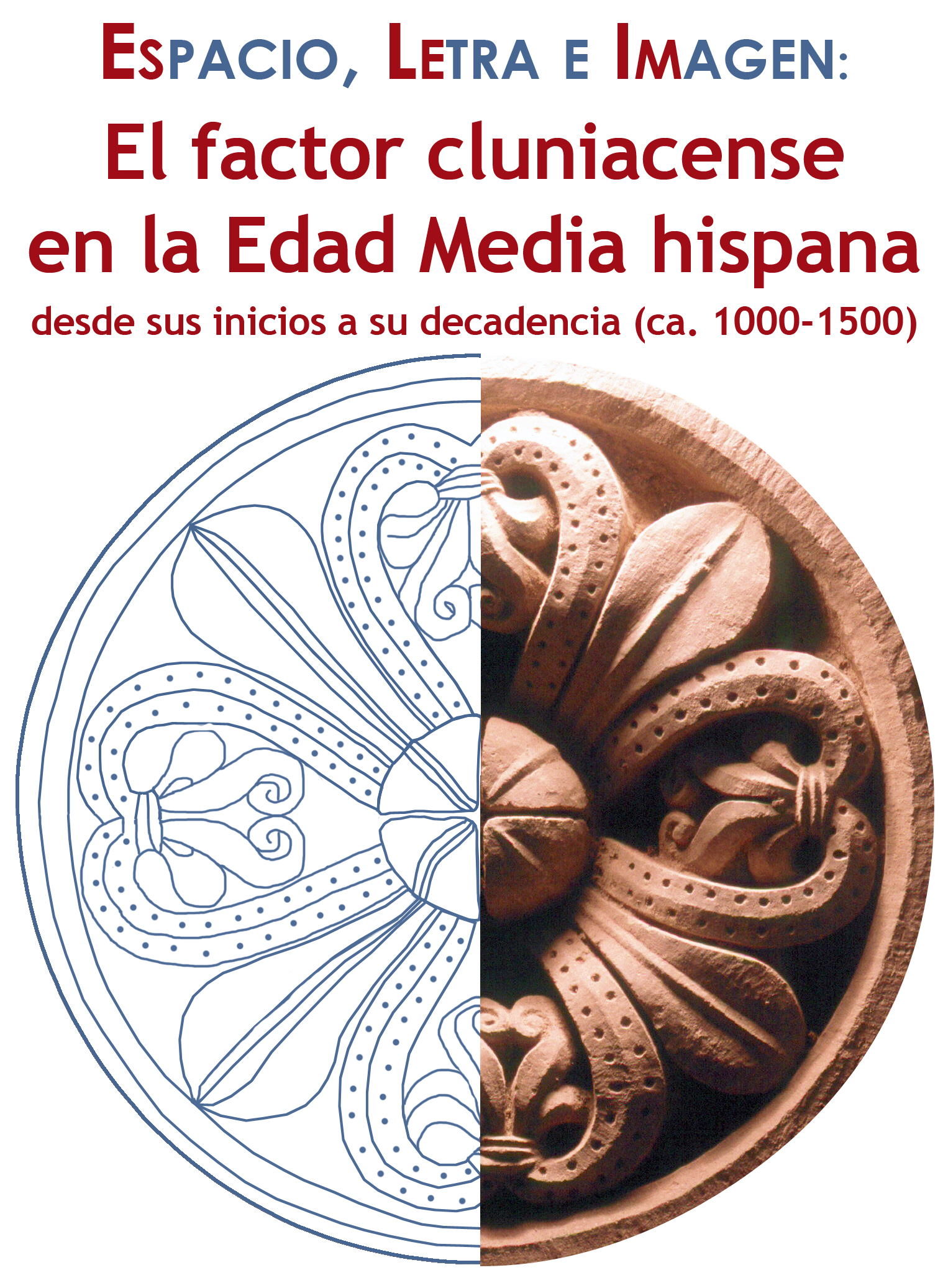- Portada
- Presentación
- Objetivos
Objetivos
OBJETIVOS
El objetivo de la investigación será profundizar en dos frentes iniciales: por un lado el análisis de modo individual de las unidades constructivas supervivientes del conjunto de la península y de los restos constatables de su ornamentación para posteriormente proceder a un detallado cruce de información. Por otro lado la realización de un trabajo recopilatorio y de un estudio sistemático de los textos de índole litúrgico-ritual y litúrgico-musical generando un corpus digitalizado. El resultado del aquilatado de estas dos vías y de su contraste con la realidad del continente, buscando concomitancias y divergencias, permitirá reconstruir el funcionamiento global de una entidad cluniacense hispana entendida dentro del paisaje político-religioso particular de cada una de ellas. Este proceso proseguirá con el estudio de la evolución de los diversos prioratos a lo largo de la baja Edad Media, con un agresivo periodo de crisis (siglos XIII-XIV), hasta su extinción definitiva a lo largo del siglo XV con la expansión de la Congregación de Valladolid. Asimismo se concretarán los ritmos evolutivos de la liturgia a lo largo de los siglos XII y XIII así como de su atonía en los siglos posteriores.
OBJECTIVES
The objective of this project is an in-depth investigation on two initial fronts: firstly, an individualized analysis of each surviving Cluniac structure across the peninsula and of the decorative remains that can be associated with them in order to carry out a comparative study of the whole. Secondly, we are undertaking a systematic compilation and study of the liturgical texts, both ritual and musical, in order to create a digital corpus. The resulting assessment of these two avenues of research, together with further comparison with evidence from the Continent, in which both similarities and divergences will be taken into account, will allow us to reconstruct the global functioning of a Cluniac Hispanic entity as it is understood within the particular political-religious landscapes. The research process continues with the evolution of the major Cluniac houses in the late Middle Ages through a period of crisis (13th-14th centuries) until their definitive end during the fifteenth century with the expansion of the Congregation of Valladolid. We will also follow the developments of the liturgy throughout the twelfth and thirteenth centuries, together with its decline in the later period.

